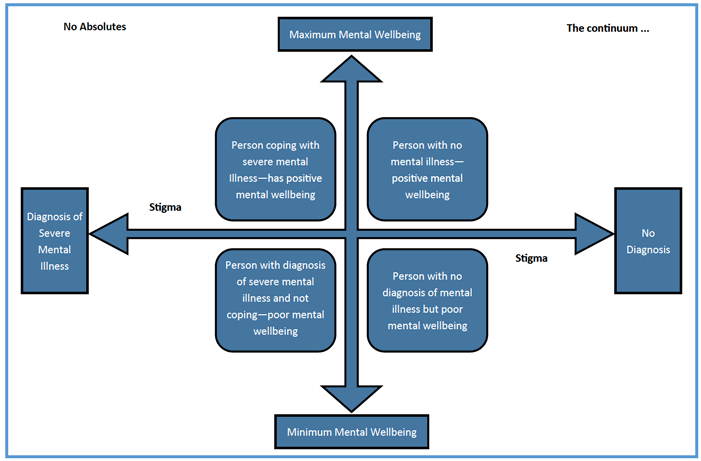Mental health and wellbeing: whole school approach: framework
A whole school approach framework for schools to support children and young people’s mental health and wellbeing.
B. Terminology
A whole school approach involves cohesive, collective and collaborative engagement by a school community. It takes account of the wider social, environmental and cultural needs of a community including the school ethos and culture.
There are many different perceptions of what mental health and wellbeing is, these are often impacted upon by the current cultural context. The online professional learning resource 'Children and young people's mental health and wellbeing: A learning resource for all school staff', developed by the Scottish Government, states that 'personal wellbeing is how satisfied we are with our lives, our sense that what we do in life is worthwhile, our day-to-day emotional experiences (happiness and anxiety) and our wider mental wellbeing.'[5] Many definitions recognise the importance of mental health in the overall health of an individual. The World Health Organisation defines mental health as:
Health is a state of complete physical, mental and social well- being and not merely the absence of disease or infirmity … Mental health is defined as a state of well- being in which every individual realises his or her own potential, can cope with the normal stresses of life, can work productively and fruitfully, and is able to make a contribution to her or his community. (WHO, 2014)
In this framework, we understand mental health to be and refer to it as a continuum of needs from overall positive wellbeing to mental ill health. This is outlined in the continuum of mental health diagram below.

Graphic text below
No Absolutes
The continuum ...
Maximum Mental Wellbeing
Minimum Mental Wellbeing
Diagnosis of Severe Mental Illness
No Diagnosis
Stigma
Person coping with severe mental Illness—has positive mental wellbeing
Person with diagnosis of severe mental illness and not coping—poor mental wellbeing
Stigma
Person with no mental illness—positive mental wellbeing
Person with no diagnosis of mental illness but poor mental wellbeing
Adapted from Tudor, K. (1996)
It is important to recognise that the perception of mental health and wellbeing is rooted in values, beliefs and cultures and that the language used to describe it may differ in different cultures and communities. Schools should ensure they are informed about the cultural influences, beliefs and values of their communities and be sensitive to this when taking forward a whole school approach.
Contact
Email: Rachel.Macpherson@gov.scot
There is a problem
Thanks for your feedback